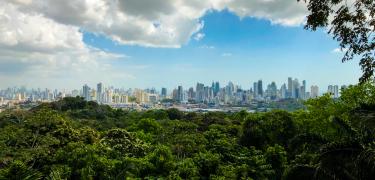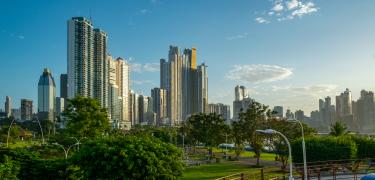Pacific Coast of Veraguas: Turtle Sanctuary
On the Pacific Coast of Veraguas, an amazing initiative has come to life: turtle sanctuaries. The goal of the sanctuaries is to create protected areas for mothers who come out at night to lay their eggs. There, the eggs are preserved in nurseries, for up to 60 days waiting for the babies to come out and begin their journey to the sea. Visit the Pacific Coast of Veraguas to live this incredible experience.
However, the expansion of beach developments, marine pollution and unregulated fishing have caused their population to drop to worrying figures.
Of the 4 species of sea turtles that nest on the Pacific Coast of Veraguas, the leatherback and hawksbill are in “critical danger of extinction”, the green turtle in “endangered”, and the olive ridley turtle in “vulnerable” status, according to the categories of the International Union for the Protection of Nature (IUCN). But all is not lost, as some people and organizations are making the effort to repair the damage we have caused.
To recover these species, foundations and volunteers use a key feature: sea turtles have the eternal habit of laying their eggs on the same beach where they were born. These patterns provide a unique opportunity to create safe environments for their conservation.
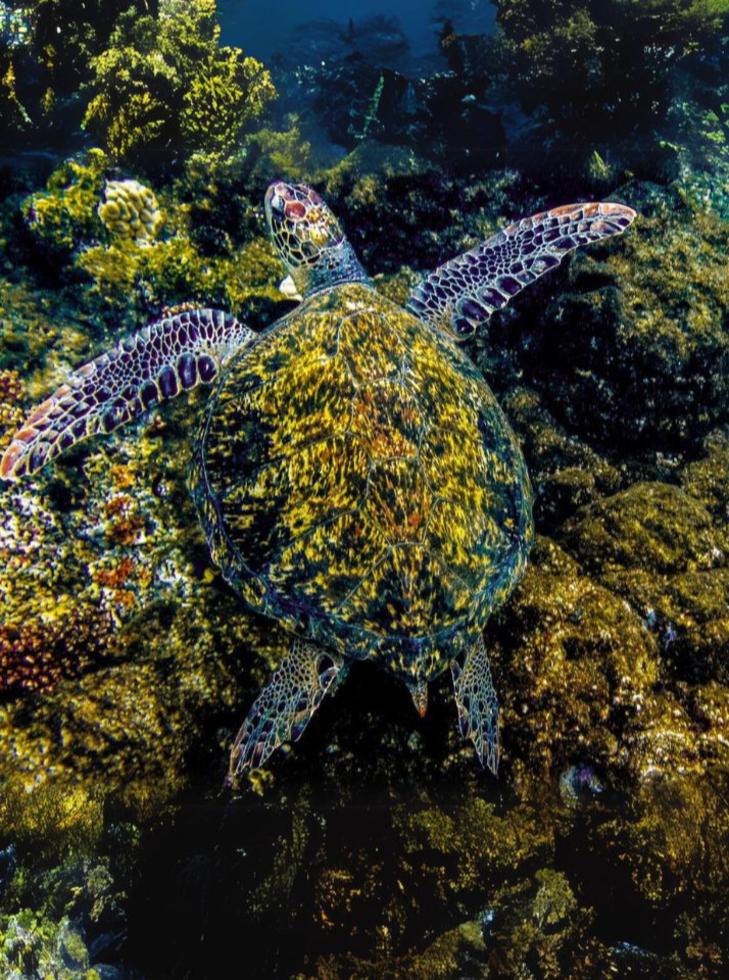
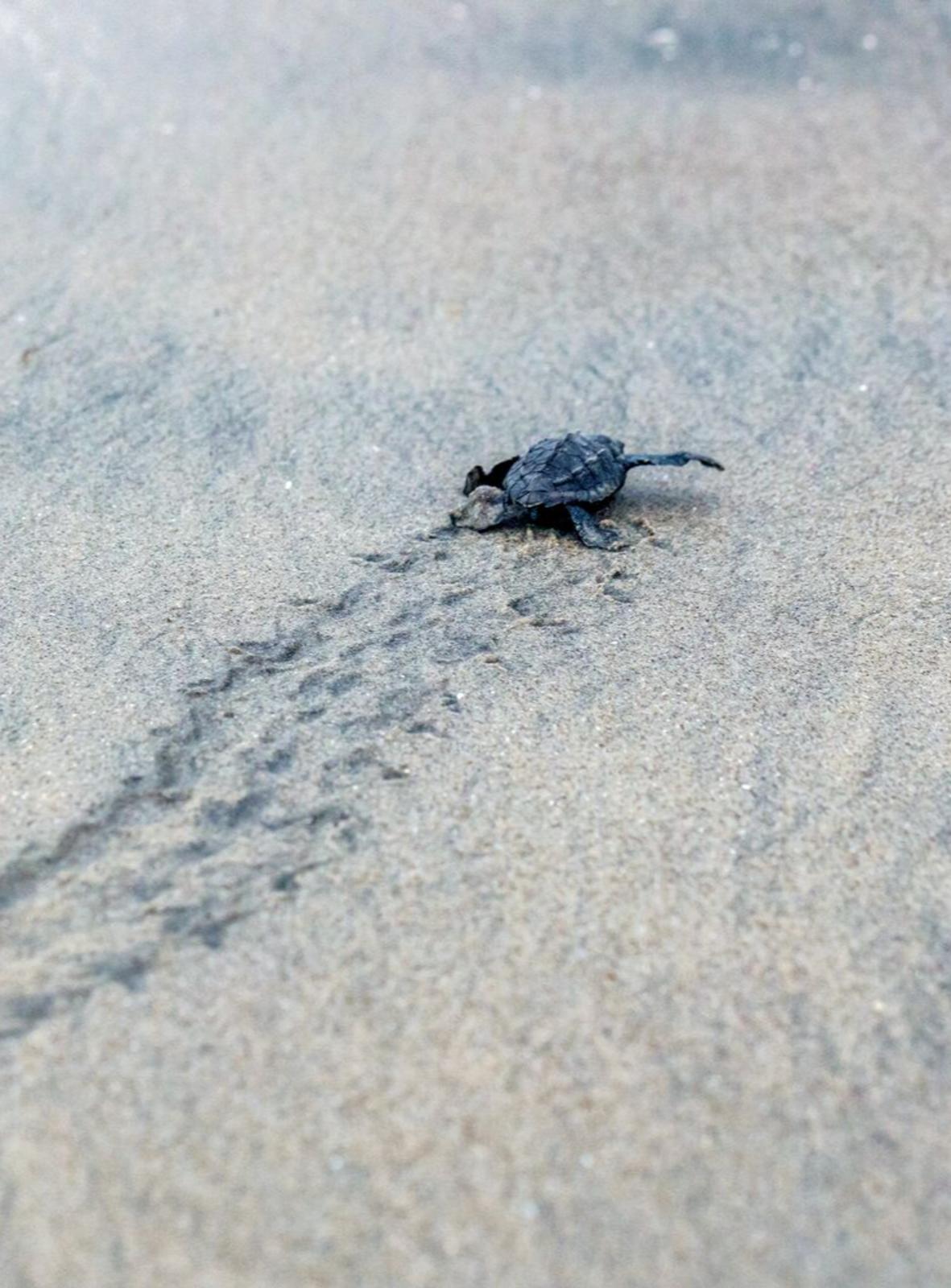
Baby turtles begin to hatch between 40 and 60 days after the laying of the eggs, which means that the season can last practically until March.
If you go at the beginning of the season, you will arrive in time to take care of the mothers. If you go towards the end of the season, you will arrive to take care of the babies. Keep in mind that the busiest months are September and October, as you will be more likely to see mothers laying eggs and you will see a greater number of baby turtles being born.
Each sanctuary has its own protocol to take care of the nests, but in Veraguas they prefer to transfer them to a nursery in order to control all the factors that could affect them. Once they are born, the turtles are ready for their way to the sea. During this tour, females make a mental map to return years later to lay their eggs in the same place.
Mata Oscura Beach
Worldwide, there are 7 species of sea turtles. In Mata Oscura Beach, you can see 4 species: olive ridley, hawksbill, green and canal turtles. On this beach, the Water and Land Foundation patrols 2.50 miles (4 km) of coastline to rescue and protect as many eggs as possible.
The foundation also conducts workshops and educational programs to reduce the risks to turtles, especially illegal hunters.
This foundation gives you the opportunity to do a night patrol of about 2 hours in search of mother turtles. On the other hand, during their release, visitors accompany the babies to the beach and watch their race to the sea.
If you come in September, don't miss Mata Oscura. Every year the foundation celebrates the Turtle Fair Festival, a very special event that brings together artistic expressions, volunteering, education and, of course, the turtle release.
To enjoy this experience, you can stay in the hotels of Mata Oscura or in nearby places like Morrillo. In this area, several businesses offer plans that include visits to this beach in collaboration with the foundation.
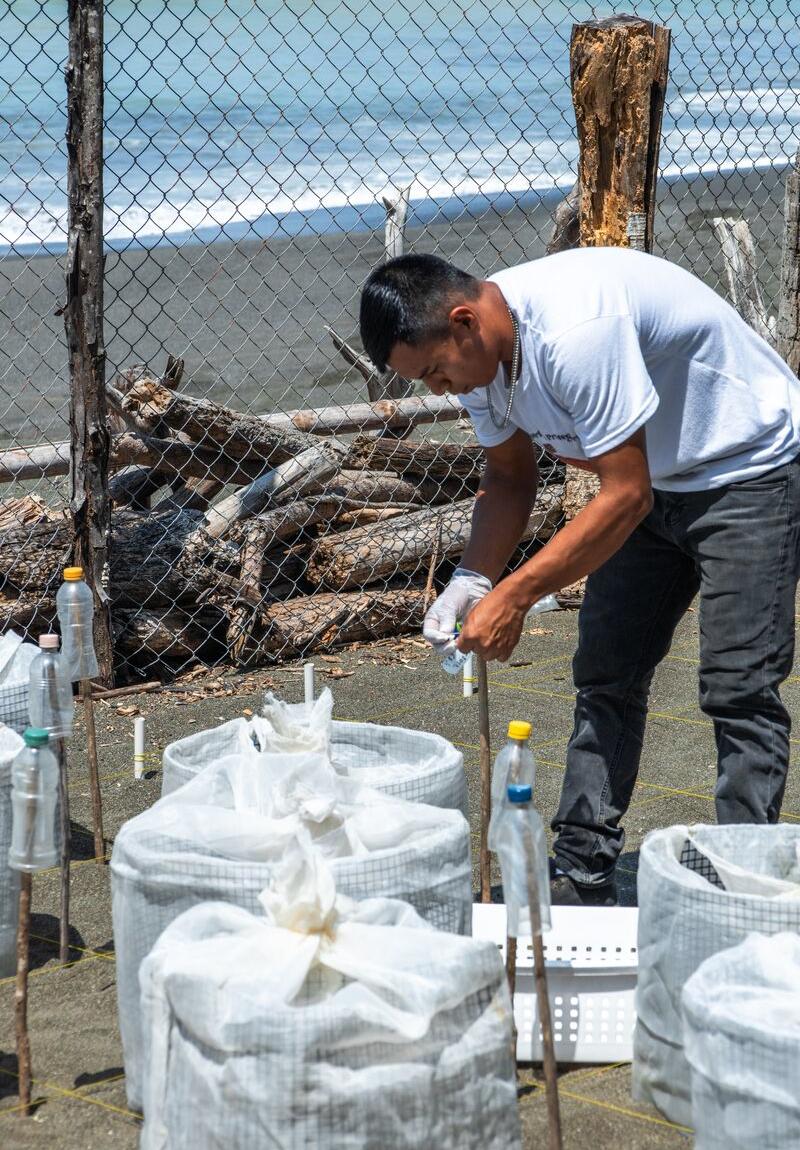
The number of eggs rescued by Malena volunteers is extraordinary, reaching 50,000 in a single season with a birth rate of over 90%.
Visit this beach and meet the Malena Beach Conservation Association, whose volunteers have been with the project for more than 20 years and are already seeing how the first released babies have returned, as adults, to spawn and follow this life cycle.
Keep in mind that Malena is a somewhat remote area, you will have basic services, hostels managed by association members, and traditional inns for lunch or dinner. You will not find large hotels, supermarkets, or for example, ATMs, within a 10 kilometer radius.
Coiba Island is located in the area with the largest number of hawksbill turtles in the Eastern Tropical Pacific, so here you will be more likely to swim with a hawksbill than anywhere else in Latin America.
In islands like Rancheria, you will find coral reefs where turtles swim in the middle of colorful fish. You will also have the opportunity to observe a “cleaning station”: places where large fish, turtles or rays are parked for small fish that feed on parasites to eat them. It is the perfect opportunity to swim in the midst of a lot of diversity.
Visit the Pacific Coast of Veraguas to create unforgettable family memories and be part of the sea turtle life cycle.
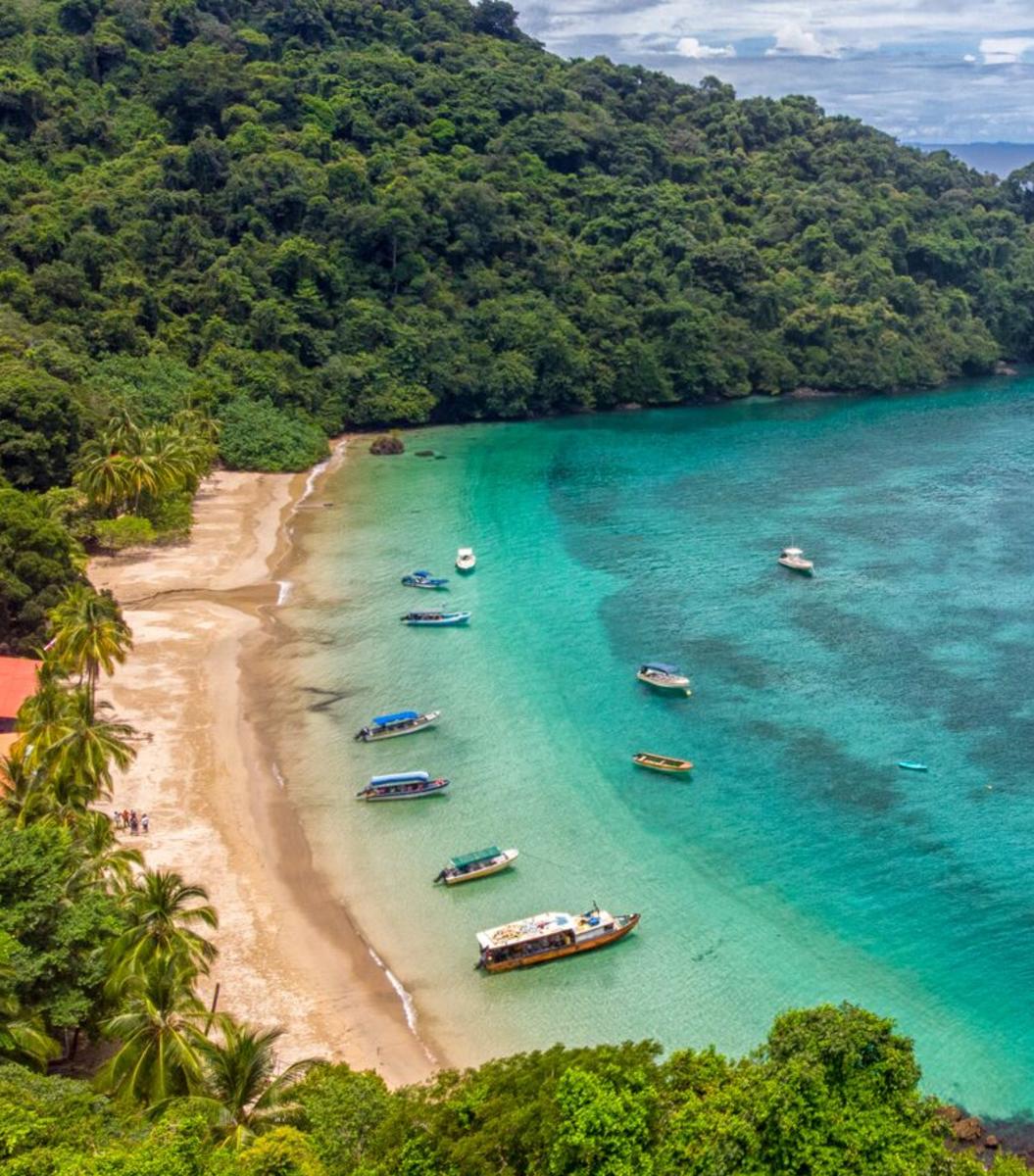
More Destinations
Bocas Del Toro
Bocas del Toro is one of the favorite destinations among Panamanians and visitors. Just a 45-minute...
Panama City
Panama City is much more than the country's capital. Here you can pedal in front of a skyline...
Boquete
Boquete is a colorful, wooded valley surrounded by the mountains of Chiriquí, in northwestern...
Portobelo
In the province of Colón, facing the Caribbean Sea, you'll find Portobelo. Legend has it...
Tierras Altas
The Tierras Altas region is a quite different place from the rest of Panamá. It is a...
Riviera Pacifica
The Riviera Pacífica extends along the Pan-American Highway, a 25 mile (40 km) stretch of...
Pedasi & Tonosi
The province of Los Santos, located in the south of Panamá, is the cradle of folklore. At the...

